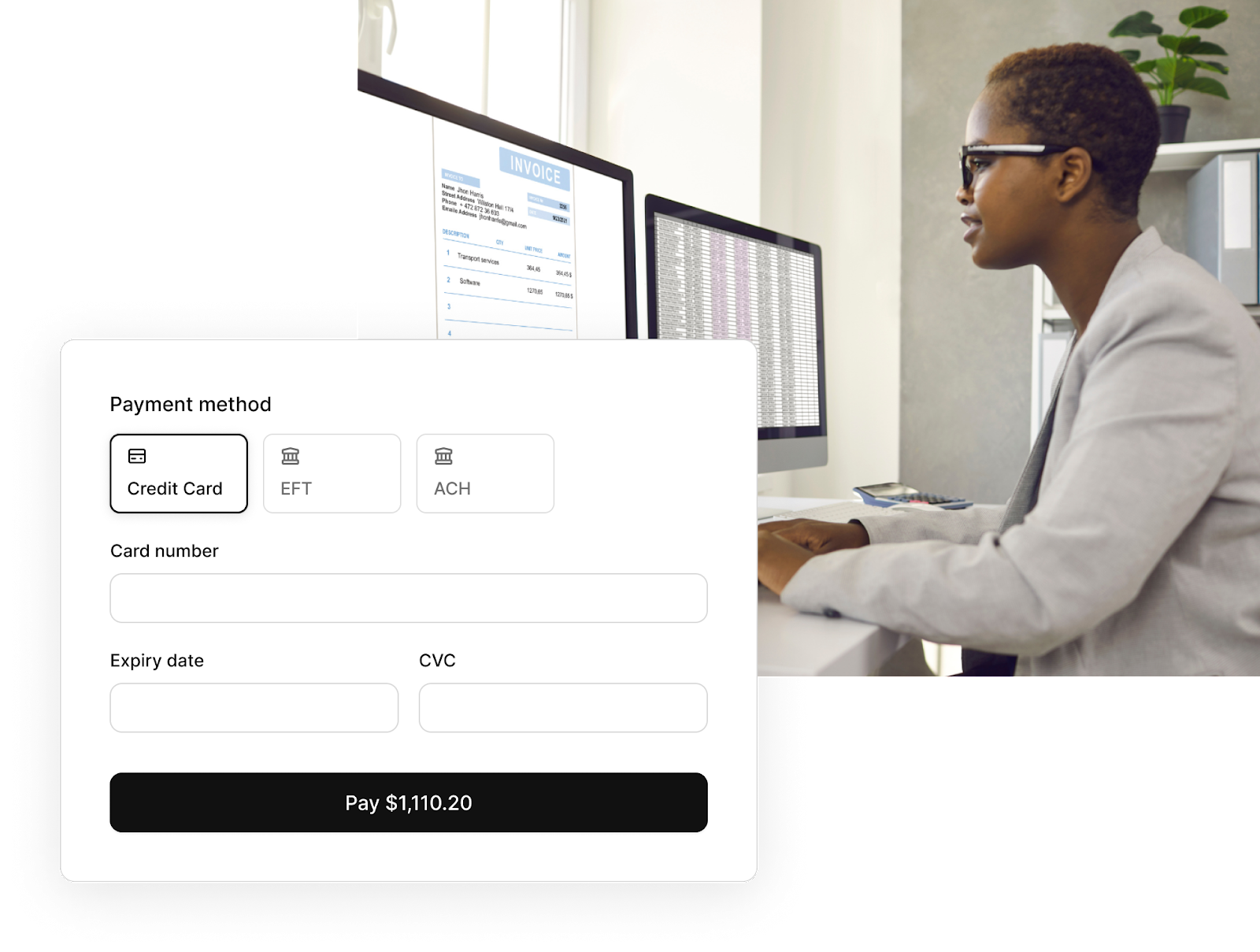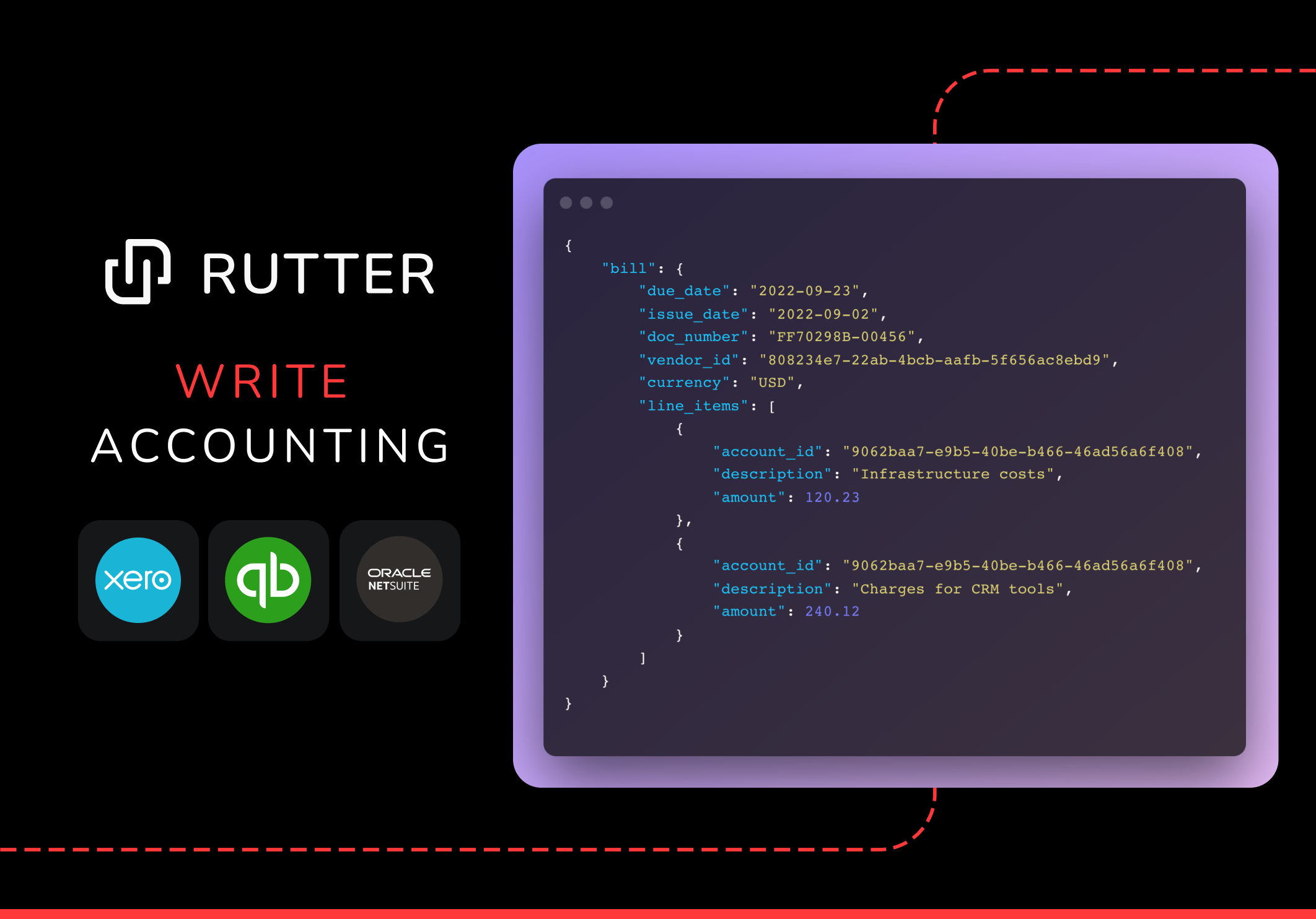Learn how Rutter can help you accelerate your product roadmap, save engineering headaches, and grow revenue
"There are a number of 'frictions and barriers' that hinder small business lending. The most prominent are information opacity and heterogeneity." —Karen G. Mills, Senior Fellow at Harvard Business School and President, MMP Group
Although online alternative financing volume almost doubled from 2017 to 2020, the fintech companies providing that financing have been facing a reckoning over the last few months. These lenders differentiated from traditional banks by decreasing friction in the loan application processes, requiring less documentation, and providing decisions within 24 hours (sometimes even instantly). Did this focus on speed come at the expense of strong, data-driven underwriting discipline?
Challenges Using Just Banking Data
Each lender has their own approach, and at Rutter, we’ve seen that most lenders make strong use of banking data, which is readily accessible through services like Plaid and TrueLayer. This data is great for getting an initial picture of business financials, but has a few limitations:
- Lacks Context: Banking data lacks rich context about day to day business financial operations. For example, there might be a payout from Shopify every 3 weeks on a bank statement, but you miss out on useful information on how many refunds are happening, how loyal customers are, and exactly which products are being purchased. All of this information together would provide context around the true growth potential and riskiness of a business.
- Unstructured Details: Most of the details behind each bank transaction are highly unstructured and can be nearly impossible for a human to interpret, let alone a machine. There are some bank transaction categorization tools on the market, but these approaches can be error prone and low quality.
- Connections Break Easily: Once you’re connected to bank data, connections can break often, meaning you have to constantly ask the business to re-authenticate, and you’re usually limited to only 1-2 years of data.
Benefits of Accounting and Commerce Data
Commerce: By getting data from the system that actually manages and processes the payments with business customers, you can see detailed SKU and transaction level information. Whereas the bank data would say “$50,000 from Shopify”, commerce data would tell you exactly where that $50,000 came from, how much was refunded, and how concentrated it is across SKUs. Additionally, you can understand inventory flows to forecast performance in the coming months and years.
Accounting: Accounting data is the most well summarized format of business financial data. By virtue of the format of balance sheet, cash flow, and income statements, the data is pre-categorized, so you can see revenue, expenses, assets, liabilities and more all in one place. You can also get a glimpse into future cash flows by digging deeper into accounts receivable and payables.
To provide a simple summary of how to think about the value of each data type, we’ve put together a set of pros and cons below.

Learn more about Rutter's UniversalCommerce API and Accounting Integrations
Given the drawbacks of exclusively looking at banking data and all of the additional context lenders can glean through accounting and commerce data, we’re seeing leading fintechs use all 3 types of data to making better risk decisions. For example, let’s say a fictitious company LendCo is is underwriting a business, WidgetCo:
- First, LendCo looks at the banking data and sees a strong balance in the account with more inflows than outflows over the last year, indicating the business is doing well.
- Next, LendCo takes a look into accounting data and sees the drivers behind that cash flow. Marketing spend is low, but revenue is high. The business has been growing and spending a decreasing amount on OpEx over time as WidgetCo reaches economies of scale.
- Looking at accounts receivables and payable, there’s a bit of a red flag that there is a sizable amount of outstanding payments to vendors, some of which are overdue.
- Lastly, looking at commerce data, 90% of revenue is coming from a single product and most of those are first time customers, with few repeats. However, there are few refunds.
- LendCo infers that WidgetCo is beginning to build strong economics for their business, though driven mostly by a single product. The company is operating efficiently and growing at a steady clip but there is some risk because it’s still in its early stages and most customers are new, but that’s a risk LendCo can handle.
- LendCo decides to raise the credit limit for WidgetCo, but wants to track a few of these key metrics over time and adjust as needed. LendCo wants to make sure they see WidgetCo pays off their vendors, increases their repeat customers, and diversifies the SKUs they’re selling before offering more loans.
If LendCo had just looked at banking data, the decision could’ve been very different. They may have raised the credit limit more significantly and risked WidgetCo defaulting on the loan. Now, with additional sources of data, LendCo can underwrite more accurately and monitor over time.
But… Integrations are Hard
However, building direct integrations into multiple banking, commerce, and accounting platforms, then underwriting in an automated and timely manner, is much harder than most teams initially estimate.
- The market for each of these platforms is incredibly fragmented. For commerce, there’s e-commerce platforms like Shopify, BigCommerce, Squarespace, marketplaces like Amazon, Walmart, Mercado Libre, and payment processors like Stripe, Paypal, and Square. For accounting, Quickbooks, Sage, Netsuite, Xero, and more. Fintechs want to make sure they’re connected into as many as possible to grow their addressable market.
- Building each integration can take weeks of engineering resources that could be spent on activities that help them differentiate from their competitors. Each integration is different. Each platform is different. And managing large volumes of data across platforms creates added complexity. The learning curve is reset for engineering teams after building every integration.
- After the integrations are built, maintaining integrations is painful because it requires a dedicated SME to stay up to date on platform API changes and manage the reliability and scalability of the integrations.
- Once they are built, the user experience needs to be seamless and optimized for conversion. Creating an experience that incentivizes users to authenticate and connect to their banking, accounting, and commerce platforms, without losing them through the flow is a tricky needle to thread.

Rutter Commerce & Accounting API
Leading fintechs lenders like Outfund, Uncapped, Mercury, Parafin, and Wayflyer have the holy grail of speed and a frictionless loan application experience (through a simple web link to connect commerce and accounting platforms), while maintaining strong underwriting discipline by capturing a holistic financial picture of a business from banking, commerce, and accounting data.
Though Rutter initially started in the commerce platform space, we are excited to formally launch accounting APIs to Quickbooks (Desktop and Online), Xero, Sage Business Cloud and Intacct, Netsuite, Freshbooks with more platforms to be added soon.
If you're interested in learning more about Rutter and seeing a demo of our product, you can reach out here.





.png)




